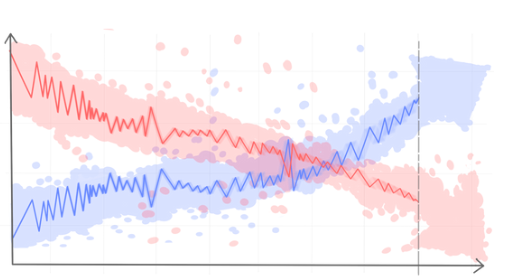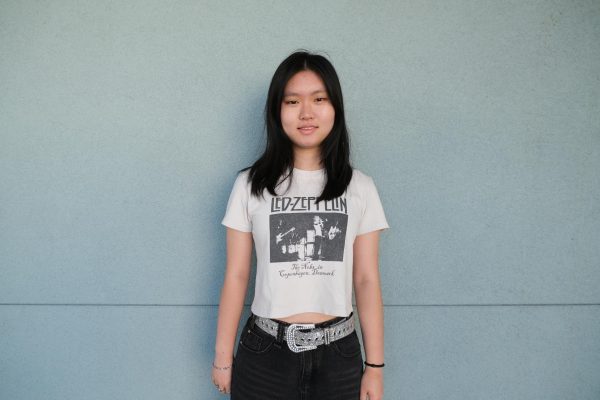As the weather begins to shift from the wet and chilly days of winter into the warm and sunny days of early summer, so does the style across campus. Students’ outfits are transitioning from the boots and warm pants that were favored in the colder months to lighter clothing items, such as sandals and shorts.
Whether it be walking through the halls or sitting in a busy classroom, it is clear that the change in weather impacts student style.
According to junior Kamran Khan, when the temperature changes, he feels obligated to alter the type of clothes he wears in order to stay comfortable. Although the temperature in Palo Alto doesn’t ever become too extreme, he still checks the weather app daily to choose an outfit for school.
“In the winter, I try to dress with a lot more layers just because it’s so cold,” he said. “(And in the summer), I wear a lot more T-shirts, tank tops, shorts and sunglasses.”
Khan also finds that he has fewer outfit choices in the summer compared to the winter.
“(Style in the) summer feels definitely more restricting than winter because you have to wear shorter or thinner stuff just so you don’t overheat,” he said. “In the winter, unlike the summer where you’re just wearing T-shirts and shorts, you can still wear those if you just have a long sleeve layer underneath or with other layers on top.”
However, sophomore Gianna Tuffley, believes that winter weather puts more restrictions on her style due to the fewer opportunities to wear unique outfits.
“When I’m in the winter, I feel like I don’t do as much shopping because I end up covering what I’m wearing with a hoodie,” she said. “I feel like I get to express myself more when it’s hot out because I can wear what I actually want to wear.”
Evolving color palettes is another aspect to consider when it comes to style changes in relation to the weather. According to Tuffley, some colors work better than others in certain seasons.
“In the winter, I tend to focus more on cooler toned colors — I graduate more towards blacks and grays and browns and navies,” she said. “When it comes to summer I like to wear (more) vibrant colors (such as) reds, pinks and greens.”
This contemplation of warm and cool colors extends beyond clothing and into accessories.
“In the winter I tend to gravitate more towards silver, and then summer feels more like gold,” Tuffley said. “I think gold is such a great way to elevate a good summer look because it’s such a timeless piece (and) the way gold reflects in sunlight is so pretty.”
But the weather and colors are not the only thing that determines what students wear. Personal opinions and attitudes towards the time of year can also be a significant contributor to popular style. Khan finds himself putting more effort into his summer style through planning outfits and going shopping to switch things up.
“I’m tired of the winter — I want to branch out and change it up,” he said. “I might put extra effort to (plan what I’m going to wear) for the next couple of days because I’m excited to wear something different.”
Tuffley echoes Khan’s observation on the excitement surrounding the novelty of summer clothing and senses a collective attitude shift around campus.
“The general vibe around school is that everyone is putting more effort (into their outfits) and everyone actually cares now because we only have a month of school left,” she said. “I feel like everyone’s starting to treat it like it’s summer already.”























